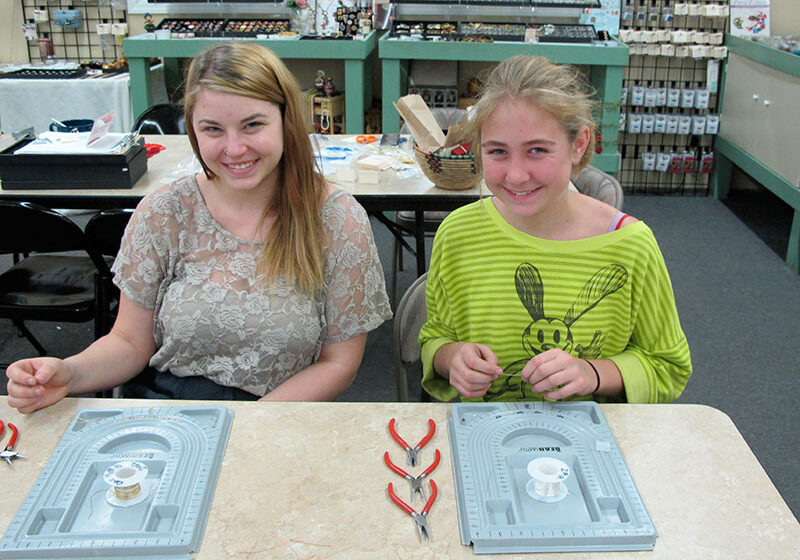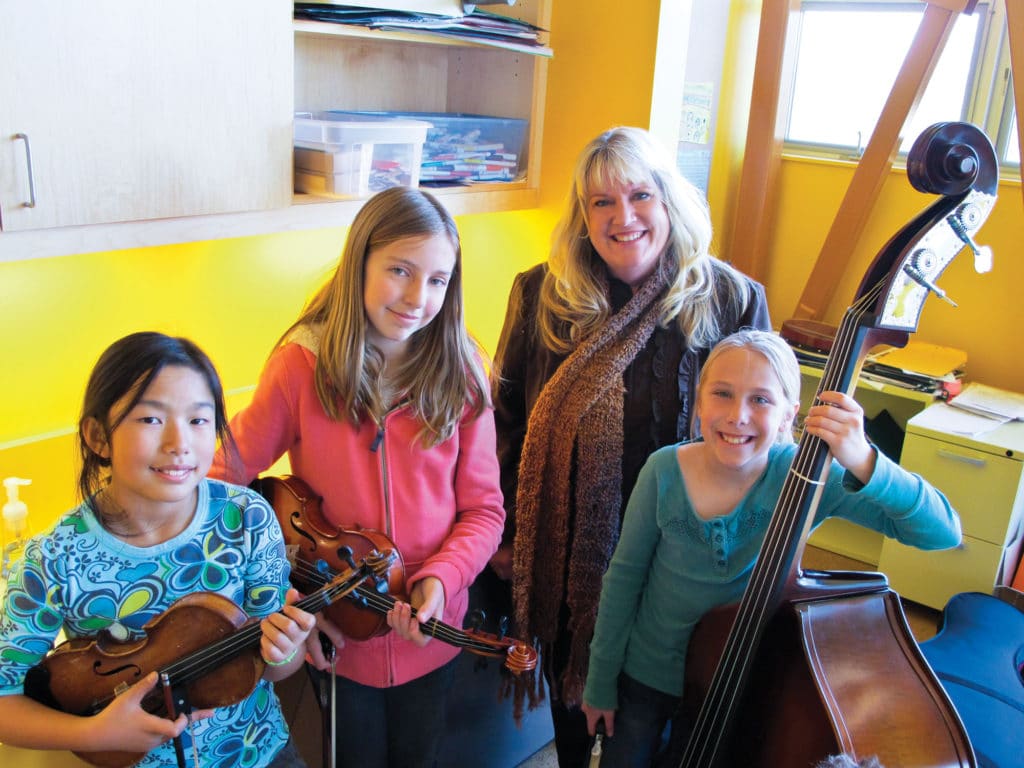

Music Teacher Sheri Eby and a few of her students at Redding School Of The Arts
Musc Benefits Everyone
Back in the early 1990s, studies that claimed that listening to music would improve children’s academic performance created a mini-industry in toys, recordings, and “smart baby” products. Today, although this so-called Mozart Effect has been pretty much debunked, the benefits of listening to and performing music have been shown to be real and to apply to every age.
Today, music is being used as therapy for stroke victims, improving both their mood and verbal memory. Music has also been credited with lowering blood pressure and reducing anxiety. According to the National Sleep Foundation, “Music is a powerful art form. While it may get more credit for inspiring people to dance, it also offers a simple way to improve sleep hygiene, improving your ability to fall asleep quickly and feel more rested.”
Add music to your nightly routine
“Music can aid sleep by helping you feel relaxed and at ease. With streaming apps and portable speakers, it’s easier than ever to take advantage of the power of music wherever you go. Given music’s accessibility and potential sleep benefits, it might be a good time to try adding it to your nightly routine.”
Ellen Allard, a multi-award-winning children’s composer, has been watching children interact with her music since 1976. “There are many ways that developmentally appropriate music impacts a young child’s learning, no matter what area of development is considered – cognitive, language, social, physical, or spiritual. Each of these domains can be positively influenced by the presence of music in a young child’s life,” she says.
Watching kids blooming through their music
Sheri Eby, a Music Teacher at Redding School of the Arts, says music is even more important than usual for her middle school students this year:
“With the stress of Covid and being so separated from each other, the students that play music have a positive outlet for their feelings. They have time to ‘create themselves’ during this pandemic. I’ve had some truly wonderful experiences watching kids blooming through their music. I have a bass player in 5th grade that sees me online several times a week but also connects with a professional bass player in New York City for lessons. I’m so proud of him for taking this negative time and turning it into a positive time.
Sheri says her students will remember for the rest of their lives that they learned their instruments during the pandemic of 2020. “There are many kids that are developing into great players on other instruments, some branching out and learning Celtic pieces, fun fiddle pieces, and Suzuki songs. One middle school student is distance learning and working on the Seitz #4 Violin Concerto and another is working on the Vivaldi Violin Concerto in A minor.
“A middle school boy just said, ‘I’ve learned more, gotten farther ahead and had more time to practice than I would have in class. I took advantage of the time.’ He’s excited about going to high school and showing his skills.”
Practical ideas to bring more music into your children’s lives
For families that want to bring the power of music into their children’s lives, but may not have the financial resources or time to provide for lessons and classes, there are many practical ways to do this.
Let your imagination run free
Katherine Conway teaches Choir, Band, Orchestra, Jazz Band, and Coding at Sequoia Middle School and has some great suggestions to make music more memorable. After listening to a favorite piece of music, she says teens can really expand their imaginations by doing any of the following:
- Start by writing a paragraph about the music, then let your imagination run free — Write a story or a poem suggested by the music, and draw a picture to illustrate it.
- Make a graphic representation of the music, using shapes and colors to represent the different sounds in the music.
- Make a comic strip to explain the music or tell its story.
- If the music was used in a movie, what scene would it accompany? Make a storyboard for that scene.
- Choreograph a series of dance moves to go with the music.
- Find out more about the composer and their music and listen to another piece of music by this composer. Classics For Kids focuses on classical music, with weekly spotlight composers, podcasts, games, and more.
Wake up with music, take music breaks, and have a dance party
Use a clock radio or app to wake up to music instead of an alarm. Make up your own songs to get in a good mood as your children brush their teeth, get dressed, and help with chores.
Incorporate music breaks into the day’s routine. A few minutes of dancing and singing can do wonders to break up the school/workday and get a fresh perspective, plus a little exercise.
Play music in the background at home or in the car. Use travel time to teach children about the music you love.
Have a dance party at home. Bring out favorites from the time when you were their age. This is a great opportunity, especially for teens, to learn about the political issues of the recent past and discuss how they compare to those of today.
Create your own lyrics, songs, and videos
Create new lyrics to favorite tunes. Encourage children to make up their own songs. Make your own music video. Record your child singing their favorite song and send the video to friends and family.
Check out Chrome Music Lab, or Soundation, two websites that let you compose and share your own music — for free. Into coding? PencilCodeGym is the place to try out coding both music and art.
Make your own simple instruments
Are the kids banging on pots and pans? Join in and extend their learning with different rhythms and songs. And keep it going by making your own instruments from whatever you have at hand, such as a rubber band and cardboard box, or an empty coffee can.
Go online for virtual lessons and concerts
Look for music online. Tutorials for playing instruments lack the personal attention of private lessons but may be more accessible to children who lack the time or money for traditional music instruction. Take advantage of the many virtual — free — music events and concerts streaming online.
Many of the leading symphony orchestras have websites for kids, including the Dallas Symphony Orchestra and San Francisco Symphony Orchestra. These organizations, as well as most other major orchestras in the United States, also feature digital concerts and special virtual music events.
Posted in: Art & Music
Comment Policy: All viewpoints are welcome, but comments should remain relevant. Personal attacks, profanity, and aggressive behavior are not allowed. No spam, advertising, or promoting of products/services. Please, only use your real name and limit the amount of links submitted in your comment.
You Might Also Like...
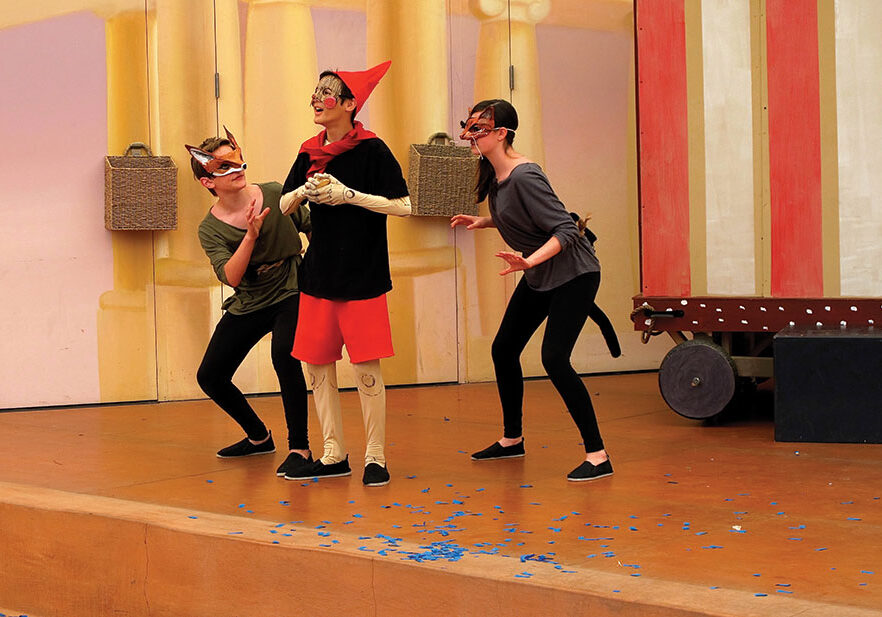
Cue Your Child to Try Drama – The Benefits May Surprise and Delight You Both
If you have a child who loves to sing and dance or wear costumes, a child with a flair for the dramatic, then looking for a drama experience either at […]
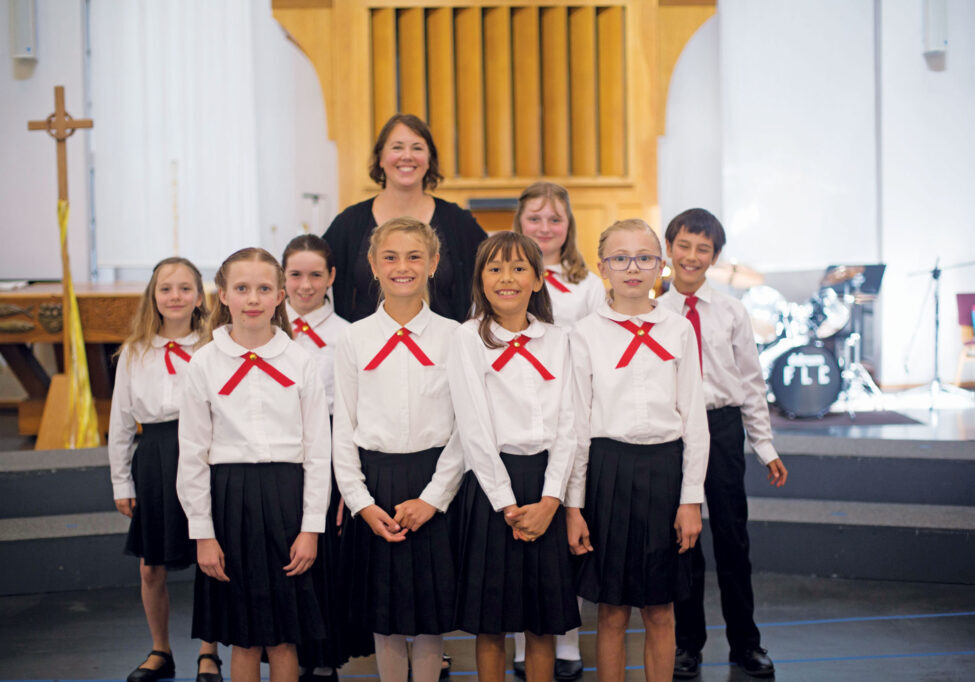
Children’s Choir of Chico
The only thing better than singing is more singing,” said American Jazz singer Ella Fitzgerald. For Fitzgerald, singing was her way up from the hard place that she found herself […]

Make Great Gifts Any Time of Year
Bath Salt Bonanza When the time for teacher gifts rolled around again, my daughter and I decided to try our hands at bath salts. And I’m so glad we […]
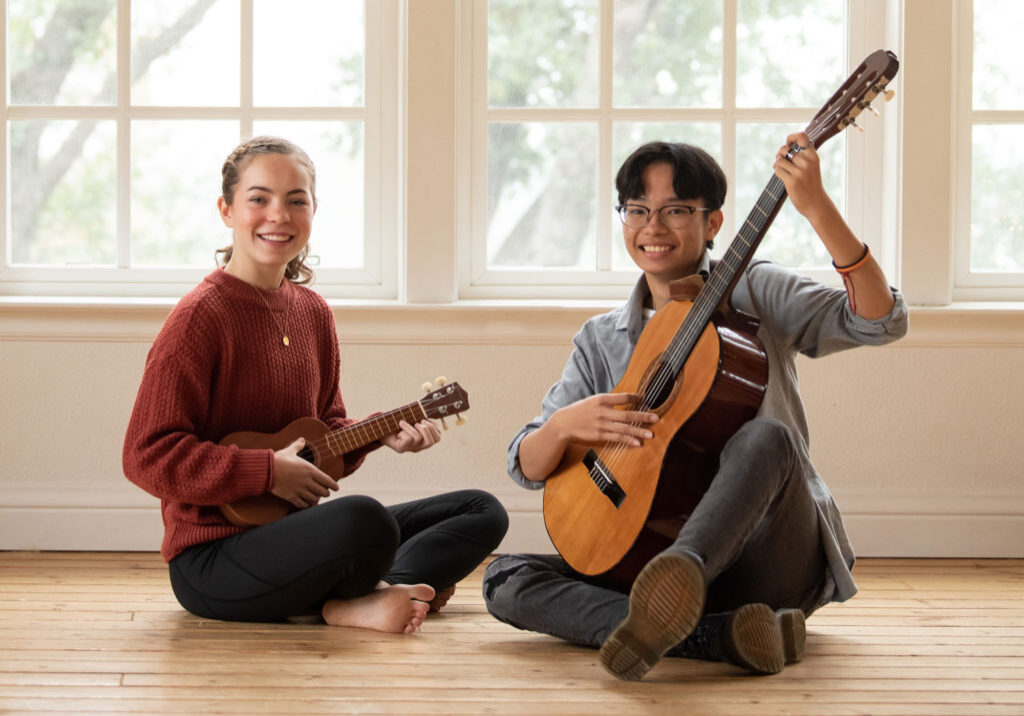
How To Enrich Your Child’s Education with The Arts
Arts-motivated kids perform better in school If I have observed one thing after a decade of having a school-age child, it’s that arts-motivated kids perform better in school. Sure, my […]

